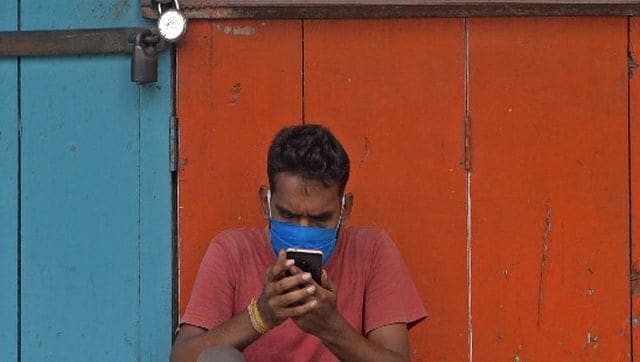
Misinformation such as the statements above and many more like these have been spread around the country repeatedly, leading India to become the biggest source of COVID-19 misinformation, as per a study published in Sage’s International Federation of Library Associations and Institutions journal.
What study?
The study, ‘Prevalence and Source Analysis of COVID-19 Misinformation in 138 Countries’ analysed 9,657 pieces of misinformation that originated in 138 countries.
They were fact-checked by 94 organisations to understand the prevalence and sources of misinformation in different countries.
The study revealed that with 18.07 percent, India produced the largest amount of social media misinformation.
The study also revealed that India (15.94 percent), the US (9.74 percent), Brazil (8.57 percent) and Spain (8.03 percent) are the four most misinformation-affected countries.
Role of social media
The study found social media is the biggest producer of misinformation, accounting for 85 percent of it and the Internet (90.5 percent) as a whole is responsible for most of the COVID-19 misinformation. Moreover, Facebook alone produces 66.87 percent of the misinformation among all social media platforms.
The study said that it was perhaps the country’s higher internet penetration rate, increasing social media consumption and users’ lack of internet literacy that has led to the social media misinformation.
“Misleading information surges when a crisis first appears and reliable data isn’t readily available,” said the author of the study Md Sayeed Al-Zaman.
Internet usage in India
A report by IAMAI Kantar ICUBE showed that there were 299 million internet users in the past year or 31 percent of India’s rural population, said the report.
On the other hand, internet users in urban India rose by 4 percent to 323 million in 2020, around 67 percent of the urban population in 2020.
This clearly shows that internet penetration in rural areas is growing fast and in fact, the IAMAI report had stated that by 2025, “there would be more internet users in rural India rather than in urban India.
Social media has become an integral part of our lives. In 2020, Statista stated that there are over 340 million Facebook users in India, which if “India’s Facebook audience were a country then it would be ranked third in terms of largest population worldwide”.
However, even as internet usage has soared in India, a majority of Indians, use the internet without having received any formal training in safety practices or online etiquette.
A report by the Digital Empowerment Foundation indicates that 30 percent of our population lags on basic literacy and thrice that for digital literacy.
A Google survey of 2019 showed that 43 percent of parents believed their child had been subjected to overshared information on social media.
Explaining the link between the two, Rajneil Kamath, a publisher at fact-checking portal NewscheckerIn, said, “People get cheap internet-based tech on their smartphones, but they don’t have the necessary education on how to assess the veracity of claims made in the messages.”
Digital literacy in the times of COVID-19
During the coronavirus pandemic, credible news has often been drowned out by unverified information online. Misinformation related to false cures and conspiracy theories caused panic, anxiety and fear as the virus was spreading.
Furthermore, the vaccination drive in India has also been affected owing to poor digital literacy.
When the government initially insisted that vaccine shots be delivered only through the COWIN website, many experts noted that this was a flawed approach, owing to people not knowing how to use the website to book an appointment.
Misinformation has also resulted in vaccine hesitancy.
As Ahmed Al-Rawi, an assistant professor at Simon Fraser University, where he runs the Disinformation Project, was quoted as saying, “If some people end up believing vaccines are not important or the pandemic is not even real — it’s a hoax — this could lead to a public health issue.”
COVID-19 misinformation has also been shown to cause real-life harm.
Several people in Canada and the United States used Ivermectin, an anti-parasitic drug, to prevent or treat COVID-19 — despite it being an unproven antiviral treatment — after it was promoted by conservative talk show hosts, politicians, and even some physicians.
What does the WHO say?
A top World Health Organization official in August noted that misinformation about COVID-19 and vaccines is keeping people from getting the shots, driving an increase in cases around the world.
“Misinformation has become another risk factor that is really allowing the virus to thrive,” Maria Van Kerkhove, the WHO’s technical lead on coronavirus , said.
[“source=firstpost”]
